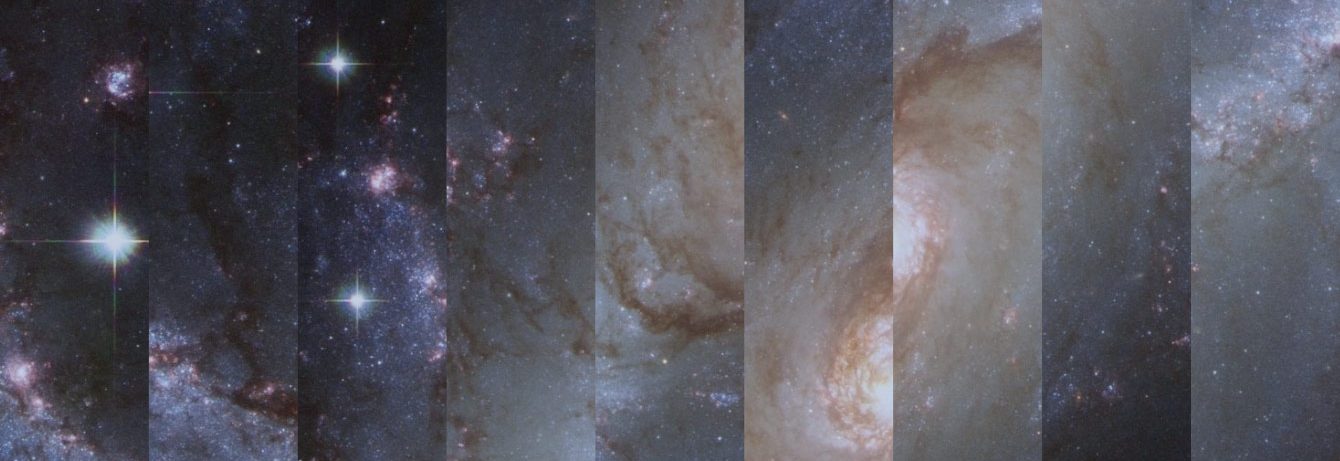Physics of Stellar Objects (PSO)
“We are stardust” — the matter we are made of is in large parts the result of processing the primordial material formed in the Big Bang. All heavier elements originate from nucleosynthesis in stars and gigantic stellar explosions. It is a fundamental question of astrophysics how this material was formed and how it is distributed over the Universe. At the same time, stellar objects make the Universe accessible to us by astronomical observations. Stars shine in optical and other parts of the electromagnetic spectrum. They are fundamental building blocks of galaxies and larger cosmological structures.
Our research group “Physics of Stellar Objects” seeks to understand the processes in stars and stellar explosions based on extensive numerical simulations. Newly developed numerical techniques and the ever growing power of supercomputers facilitates a modeling of stellar objects in unprecedented detail and precision.
A primary goal of our group is to model the thermonuclear explosions of white dwarf stars leading to the astronomical phenomenon of Type Ia supernovae. These are the main sources of iron in the Universe and have been instrumental as distance indicators in cosmology — leading to the spectacular discovery of the accelerated expansion of the Universe. Multi-dimensional fluid-dynamical simulations in combination with nucleosynthesis calculations and radiative transfer modeling provide a detailed picture of the physical processes in Type Ia supernovae but are also applied to other kinds of cosmic explosions.
Classical astrophysical theory describes stars as one-dimensional objects in hydrostatic equilibrium. This approach has been extremely successful. It explains why stars are observed in different configurations and gives a qualitative understanding of stellar evolution. However, the simplifying assumptions limit the predictive power of such models. With newly developed numerical tools, the group explores dynamical phases in stellar evolution in three-dimensional simulations. Our aim is to construct a new generation of stellar models based on an improved description of physical processes acting in them.
